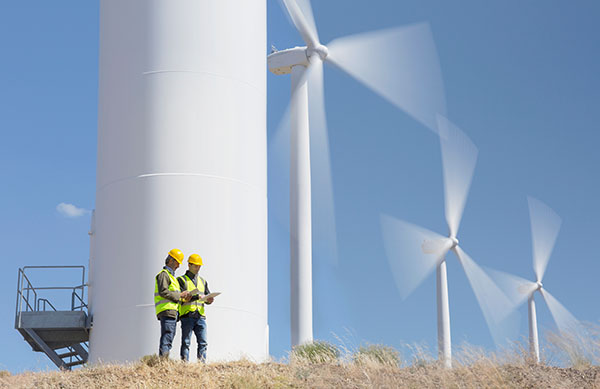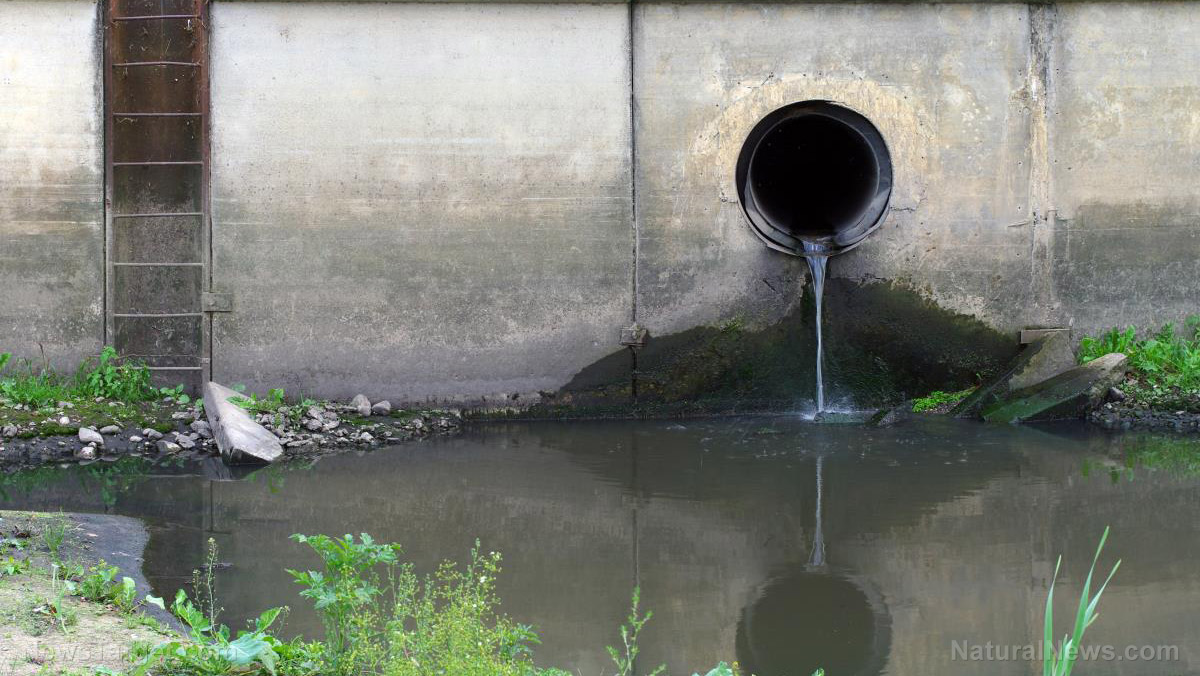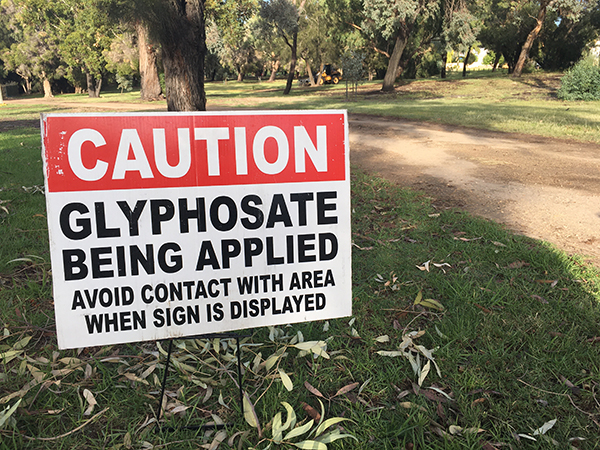 Parler
Parler Gab
Gab
Australia renewables sector experiencing slowdown since 2023
Australia's Clean Energy Council has warned that the country's entire renewables sector is experiencing an "alarming" slowdown in growth as investments in the renewable industry drastically drop. This comes amid reports revealing that fossil fuel power stations in Australia expanded their generation capabilities in the first two months of 2024. The country's renewables sector saw "particularly poor" investment into large-scale renewable plants, while smaller investments into rooftop solar and renewable battery storage were "storming ahead." At the end of 2023, the council reported Australia had 56 renewable energy projects under construction, down from 72 at the end of 2022. These had a combined capacity of 7.5 gigawatts, more than a fifth lower than the 9.5 gigawatts under construction at the end of 2022. The renewables sector last year was only able to secure around $1.5 billion worth of new investments, less than a quarter of the $6.5 billion secured for 2022. Grid or large-scale solar generation in Australia rose 18 percent higher in January and February compared to the same two months in 2023. Rooftop solar increased by 10 percent. Wind generation only increased by five percent. Meanwhile, coal-fired power generation and natural gas-fired generation rose by four percent and 14 percent, respectively. Watch this video speculating on whether wind turbines in Australia are powered by coal. This video is from the channel The Prisoner on Brighteon.com.More related stories:
As China promotes unreliable wind and solar energy in America, it enriches itself and continues to rely on COAL. Noise pollution from offshore wind turbines could lead to the EXTINCTION OF WHALES. Australian Labor Party's Net Zero plan involves killing koalas that get in the way of wind turbines. BLINDED by MONEY: Wind farms are KILLING eagles and whales, but the green cult ignores reality as it pockets millions in donations. Wind turbine blades could account for more than 43 million tons of waste each year by 2050. Sources include: WattsUpWithThat.com RenewEconomy.com.au CleanEnergyCouncil.org.au TheGuardian.com Brighteon.comGlobal cocoa shortage expected to be MUCH WORSE than previously forecasted due to increasing demand
By Laura Harris // Share
Nearly 60% of sperm samples found to contain worrying levels of glyphosate
By Ethan Huff // Share
World’s largest nuclear power plant in Japan remains shut down despite energy crisis
By Kevin Hughes // Share
Governments continue to obscure COVID-19 vaccine data amid rising concerns over excess deaths
By patricklewis // Share
Tech giant Microsoft backs EXTINCTION with its support of carbon capture programs
By ramontomeydw // Share
Germany to resume arms exports to Israel despite repeated ceasefire violations
By isabelle // Share










